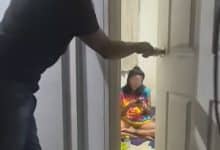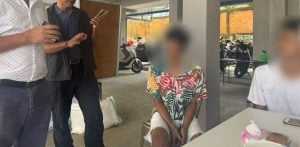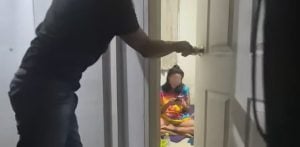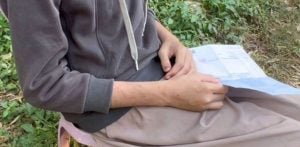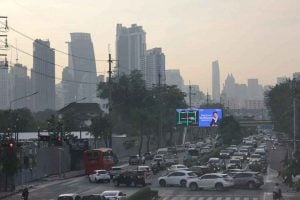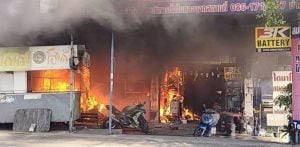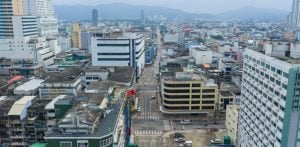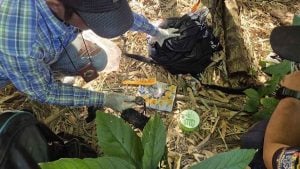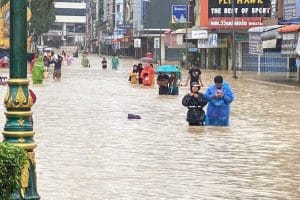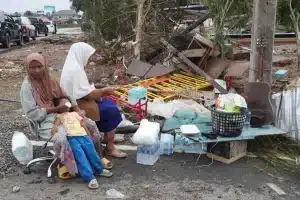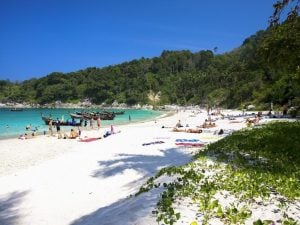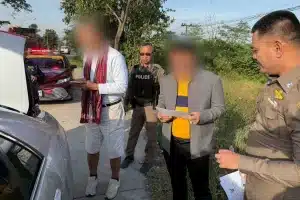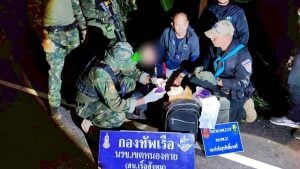Quake leaves 55 Bangkok buildings unusable, inspections continue
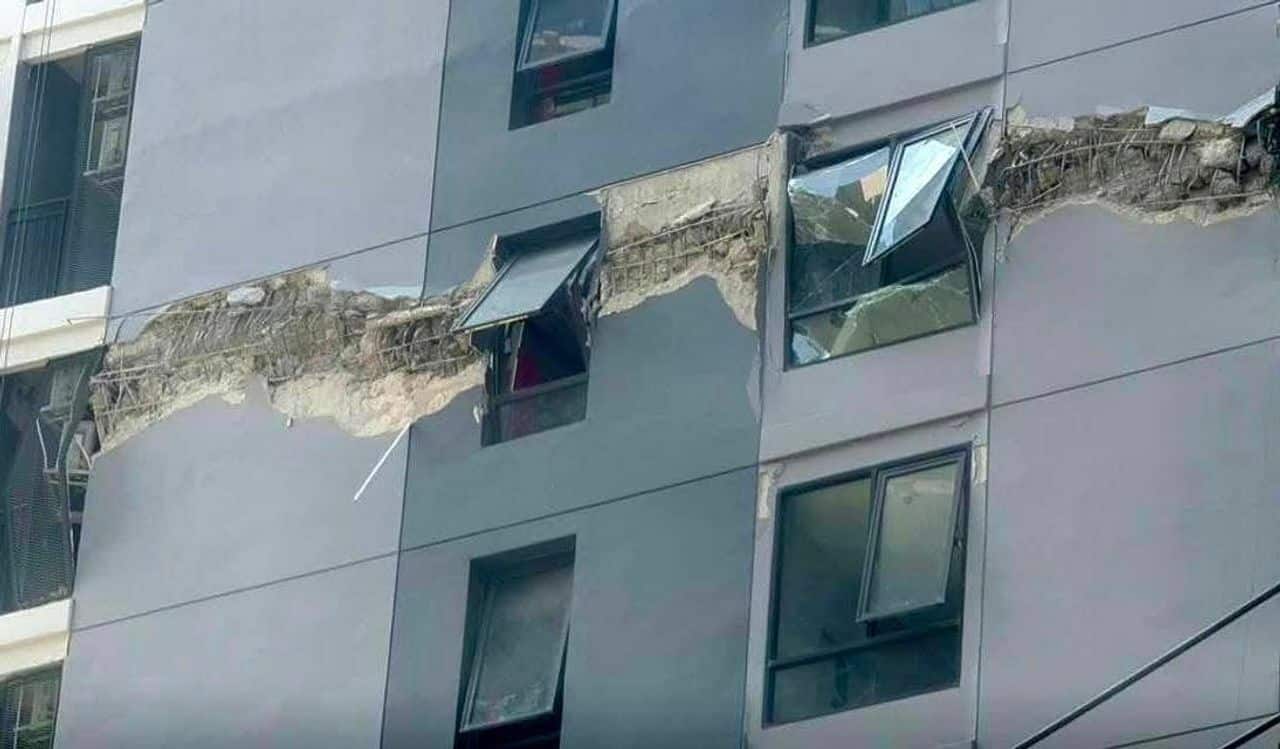
The Department of Public Works and Town & Country Planning announced the results of building inspections following a recent earthquake.
Some 55 buildings have been deemed severely damaged and are prohibited from use. Meanwhile, 6,487 buildings remain operational, and 361 have moderate damage.
Yesterday, April 7, the Building Damage Inspection Centre, in collaboration with various engineering bodies including the Council of Engineers, Engineering Institute of Thailand, Building Inspectors Association, and private sector volunteer engineers, conducted inspections on buildings reported damaged.
The buildings were categorised into three groups for inspection and results were reported accordingly.
The first group included public buildings such as hospitals, schools, and government offices in Bangkok. The inspections, coordinated by the Department of Public Works and Town & Country Planning, found that out of 559 buildings inspected between March 28 and April 6, 511 were safe for use (green), 46 had moderate damage (yellow), and two were severely damaged and closed (red).
The second group involved private sector buildings such as high-rises, large-scale buildings, hotels, condominiums, dormitories, and shopping malls, which require annual inspections under building control laws.
Building inspections
The Bangkok Metropolitan Administration (BMA) is responsible for notifying building owners to conduct inspections as per orders issued on March 31 by Deputy Prime Minister and Minister of Interior Anutin Charnvirakul. This includes structures like high-rise buildings, large complexes, entertainment venues, and residential blocks over specific size thresholds.
Failure to comply with inspection requirements results in legal penalties. Approximately 11,000 private buildings were notified, with 1,822 having completed inspections.
The third group encompasses residential buildings such as homes, row houses, and general buildings in Bangkok. The BMA oversees inspections and provides advice to residents through Traffyfondue. As of April 6, 18,568 reports were received, with 17,623 completed.
For affected buildings outside Bangkok, provincial departments, alongside local government engineers and private volunteers, conducted inspections similarly, focusing on public facilities like hospitals and government offices to ensure safety. In 76 provinces, out of 6,344 inspected buildings, 5,976 were operational (green), 315 had moderate damage (yellow), and 53 were severely damaged and closed (red).
Overall, from March 28 to April 6, 6,903 buildings were inspected across both Bangkok and the provinces. Of these, 6,487 were operational (green), 361 had moderate damage (yellow), and 55 were severely damaged and closed (red).
The Department of Public Works and Town & Country Planning offers information and consultations via various media, including hotlines at 1531, 02 299 4191, and 02 299 4312, available 24/7, reported KhaoSod.
Buildings are categorised by a colour-coded system: Green indicates minor or no damage and safe use; Yellow signifies moderate damage with caution advised for falling debris, requiring further detailed inspections; Red indicates severe damage and prohibits use, necessitating written permission for entry and expert evaluation before any potential reopening.
Latest Thailand News
Follow The Thaiger on Google News:

